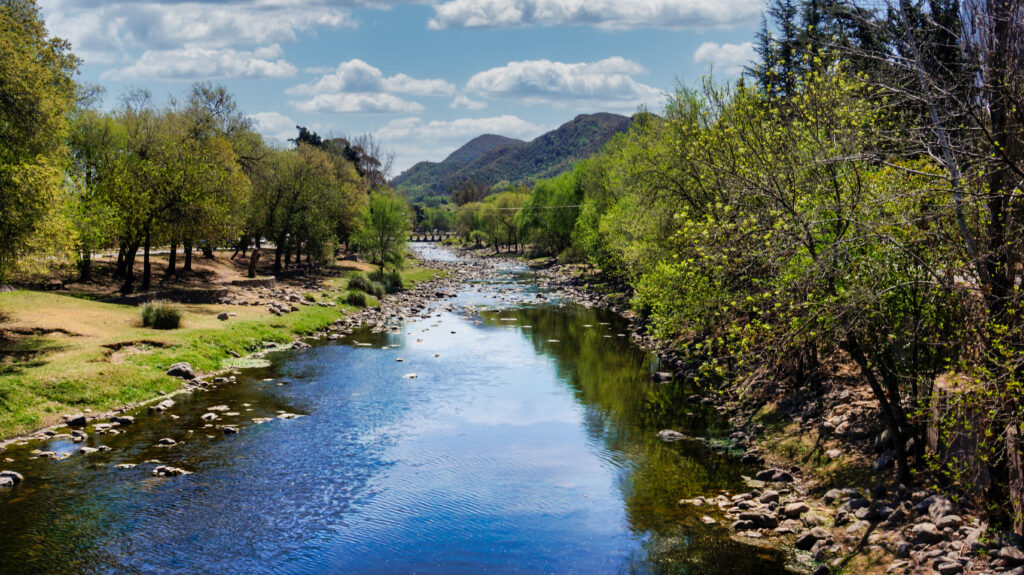
Our Story
We started Orus with a simple challenge:
How to safely measure dangerous flash floods in mountainous terrain ?
Born in the rugged regions of Córdoba, Argentina, our founders faced the same struggle that many water authorities still battle today—getting reliable data without putting people at risk or breaking the budget.
The answer wasn’t building more expensive equipment. It was reimagining how water monitoring could work using cameras, smart software, and open-source principles.
What began as a research project at the National University of Córdoba has evolved into something bigger—a team dedicated to transforming how we monitor water resources globally.

Our Expertise
We’ve spent over a decade developing and refining image-based water monitoring technology that actually works in the real world.
Our core technology transforms ordinary video into precise water flow measurements using Large-Scale Particle Image Velocimetry (LSPIV). That might sound complex, but we’ve stripped away the complications. Just point a camera, record, and our software does the rest.
With over 10 operational monitoring stations across diverse environments and our software used in multiple countries, we’ve proven that simple, accessible technology can solve real water challenges.
The Team Behind Orus
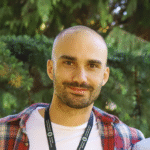
Antoine Patalano
Co-Founder & CEOAntoine brings mechanical engineering expertise and a passion for practical solutions to water monitoring challenges. He developed the first version of our RIVeR software in 2015 and completed his PhD at the National University of Córdoba in 2017, focusing on LSPIV and STIV tools for flash flood monitoring.
In 2016, Antoine created the first prototype of an LSPIV monitoring station. His work caught the attention of the USGS, who invited him to build the first Raspberry Pi-powered LSPIV monitoring station—a breakthrough in making advanced monitoring accessible and affordable.
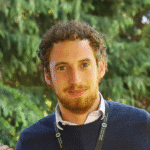
Leandro Massó
Co-Founder & CTOLeandro is a civil engineer from the National University of Córdoba who’s completing his PhD on implementing and enhancing LSPIV techniques. He leads our technical development, focusing on making our software more intuitive and powerful for users of all experience levels.
As a key collaborator in RIVeR’s development, Leandro bridges the gap between advanced hydrological science and practical, user-friendly solutions.

RIVeR-LAC Project
Empowering Hydrometry Innovation Across Latin America and the Caribbean
At ORUS, we believe that innovation thrives through collaboration. In 2024, our consortium — ORUS, the Hydraulic Linkage Group of the Faculty of Exact, Physical, and Natural Sciences (FCEFyN) of the National University of Córdoba (UNC), and the National Water Institute of Argentina (INA), we are transforming hydrological monitoring across Latin America and the Caribbean.
Funded by the Inter-American Development Bank and supported by the WMO HydroHub Innovation Call, RIVeR-LAC has enabled the modernization of hydrometric practices by creating an intuitive, multilingual, open-source software — RIVeR — along with comprehensive Best Practice Guidelines for image-based flow measurement (LSPIV).
Thanks to the dedication of the consortium and our regional partners, we:
The RIVeR-LAC project exemplifies our vision: transforming scientific excellence into open, accessible, and sustainable technologies that empower water management and resilience across the region.
Together, ORUS, the Hydraulic Linkage Group of FCEFyN-UNC, and INA — alongside a vibrant community of stakeholders — are shaping the future of hydrology.
Recognition & Awards
Our innovative approach to water monitoring has been recognized by leading institutions. In 2022, Orus won five special awards at the prestigious IB50K competition, which supports young entrepreneurs in transforming university knowledge into social and economic value.
Awards highlight:





Our Partners
We work closely with universities, research institutions, water authorities, and companies across mining, energy, agriculture, and engineering sectors. Our collaborative approach ensures our solutions address real-world monitoring challenges.
Key partnerships:

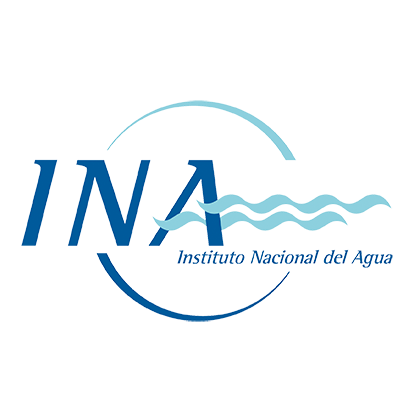

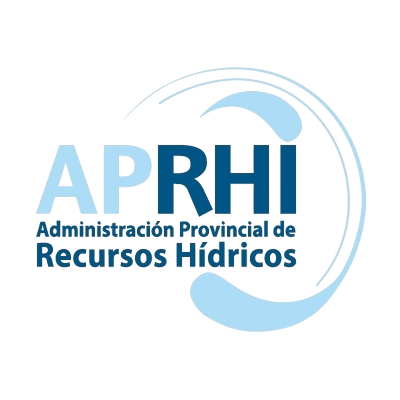






Our Approach
Four principles guide everything we do:
Simplicity Above All
Water monitoring doesn’t need to be complicated. We’ve removed every unnecessary step, streamlined every process, and simplified every interface. Complex problems don’t require complex solutions.
Openness
We embrace open-source principles because we believe that collaboration leads to better solutions for everyone.
Accessibility
Good water data shouldn’t be limited by budget constraints. Our solutions are designed to be affordable without sacrificing quality.
Practicality
We develop tools that solve real problems faced by water professionals every day, not theoretical solutions looking for problems.
Why We Share ?
Water monitoring shouldn’t be exclusive to those with specialized equipment or extensive training. By sharing what we’ve learned, we hope to:
Have a Water Monitoring Challenge?
We’d love to hear about it. Whether you’re just getting started or looking to upgrade your existing systems, we can help find a practical solution that fits your needs and budget.